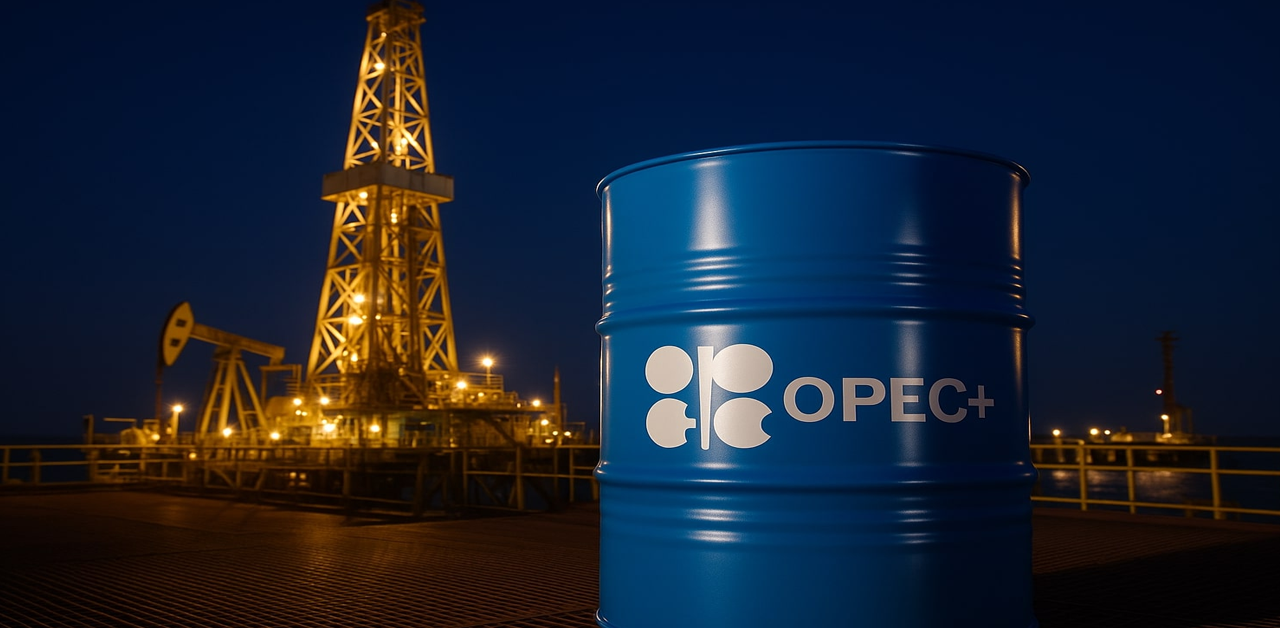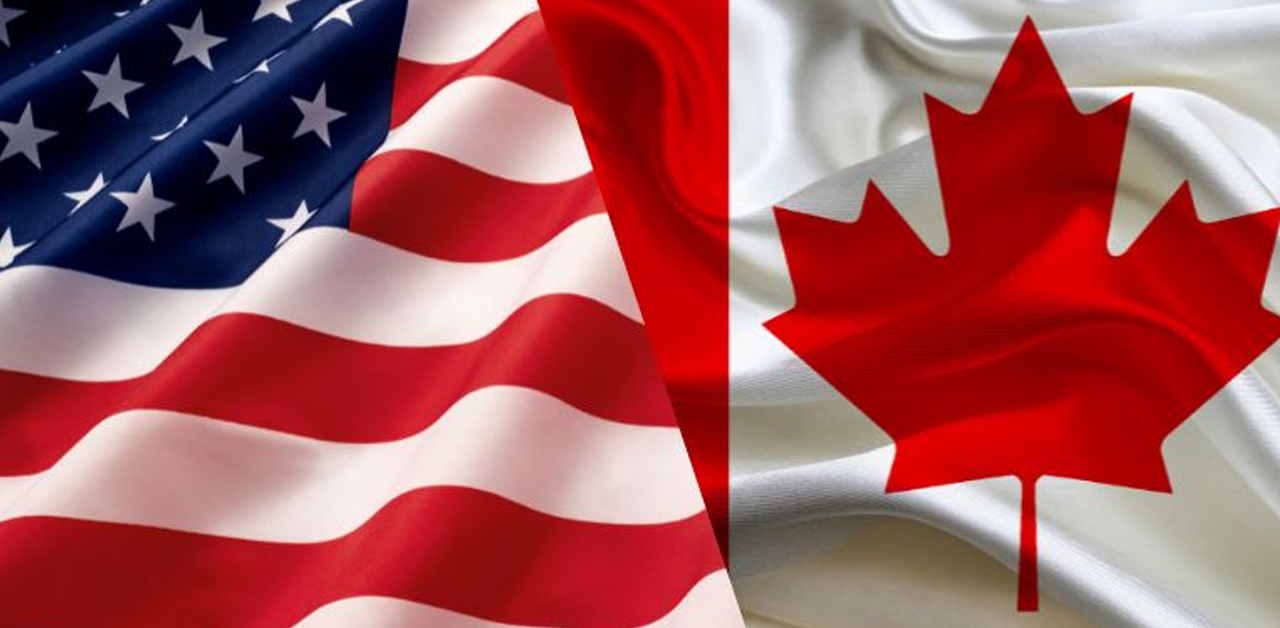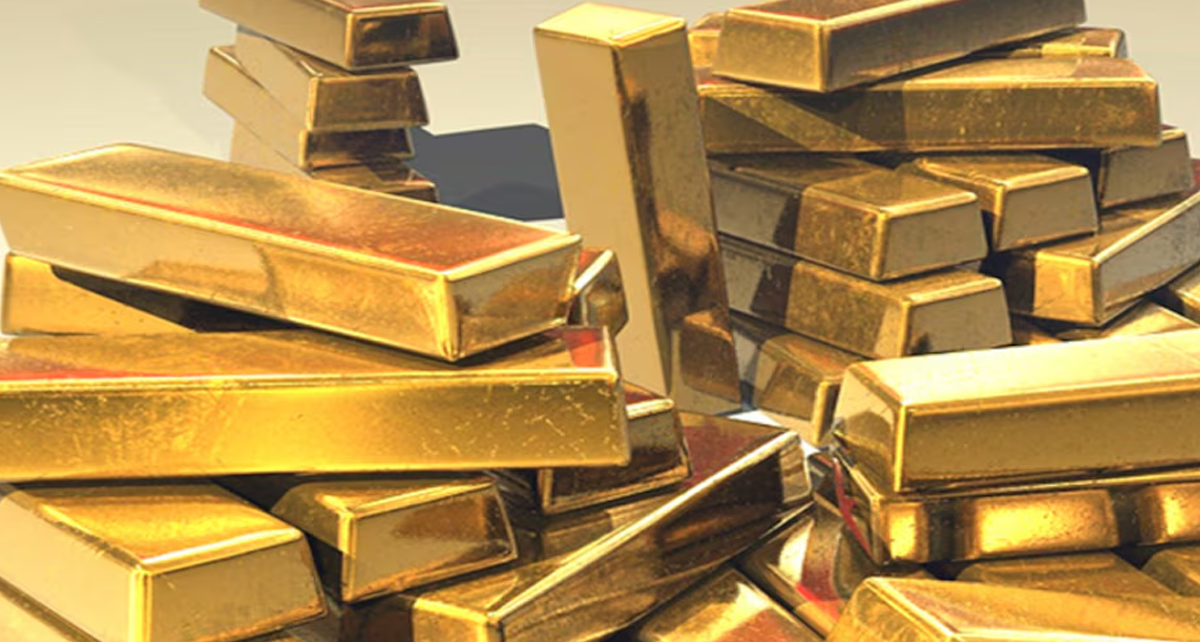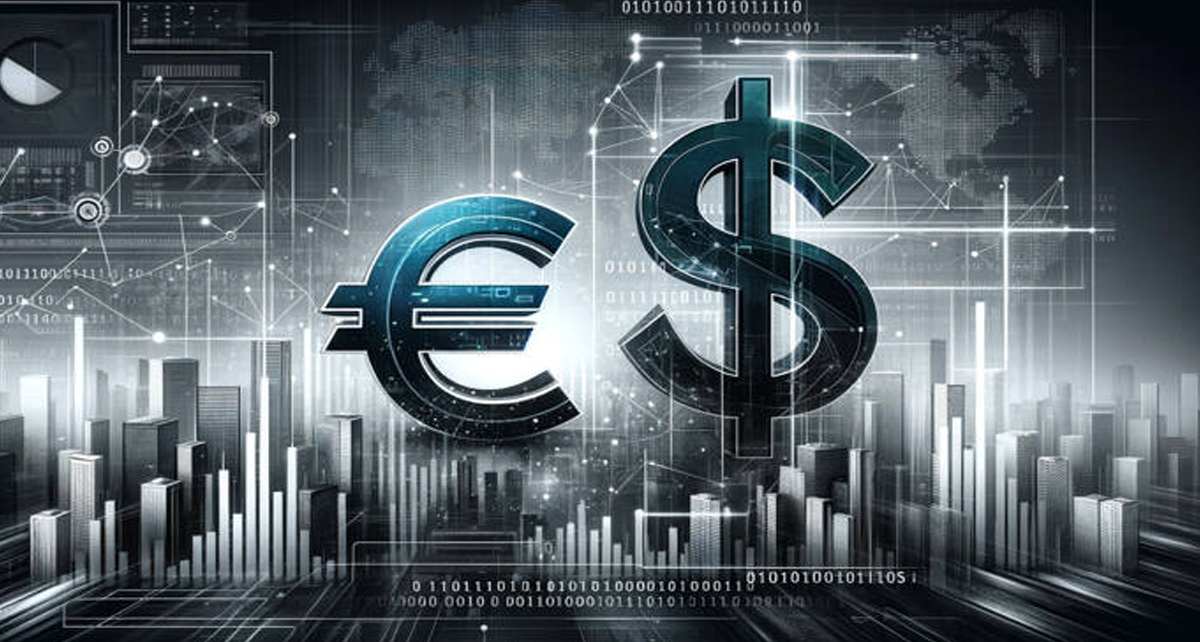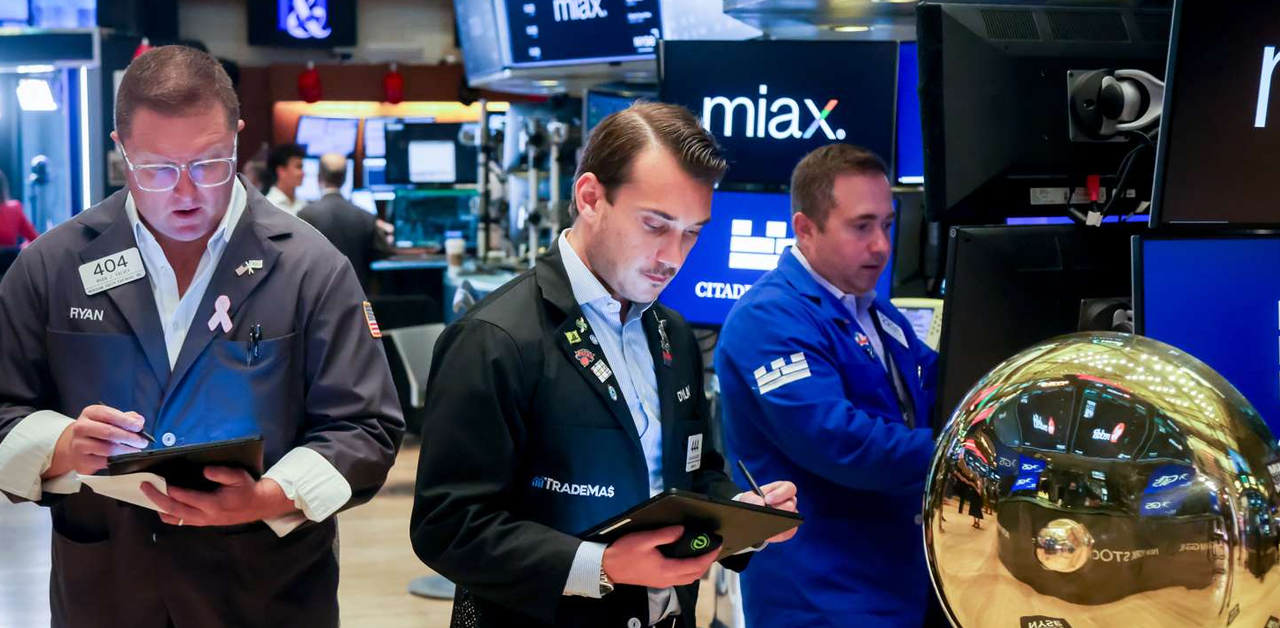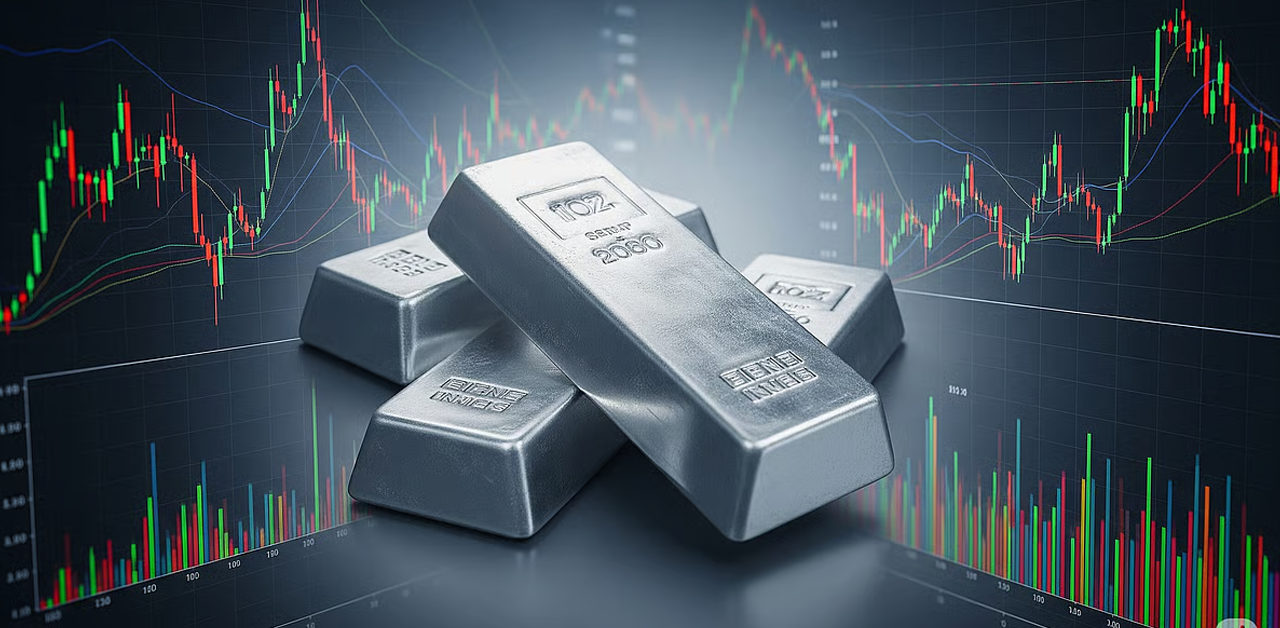Consumer prices in the United States are growing at their fastest rate in nearly 40 years
High demand and tight supply of key commodities such as autos are driving the rise, prompting policymakers to act. The US central bank is expected to raise interest rates this year. Rising borrowing costs are aimed at reducing demand by increasing the cost of purchases such as automobiles. The December increase marked the third consecutive month that the annual US inflation rate hovered above 6%, well above policymakers’ 2% target. The last time the inflation rate exceeded this level was in 1982.
Temporary accommodation costs increased 4.1% year-on-year, while grocery costs increased 6.5% compared with an annual average of 1.5% over the past 10 years. Wednesday’s report from the Labor Department suggests some pressure may ease. Energy costs fell 0.4% from November to December, the first decline since April. But in more than 12 months, energy costs have increased by nearly 30% and have returned to an upward trend in recently. “Overall, it’s been as bad as expected,” Paul Ashworth, chief economist at Capital Economics, said of the December inflation report. Reacting to the latest report, President Joe Biden said it “shows that we are making progress in slowing the rate of price increase”.
He added that there was “much work to do” in the United States, noting that “inflation is a global challenge, emerging in virtually all developed countries as they emerge from the economic crisis.” epidemic”. The price pressures occurring in the United States have been observed to varying degrees around the world. The Organization for Economic Cooperation and Development, which represents more than 30 of the world’s largest economies, this week said that inflation among its members hit a 25-year high in November.
US economists initially hoped the pressure would ease as the pandemic subsides. But production is tight and the emergence of virus variants has caused prices to rise more persistently than expected. “It is proving to be more difficult than we had hoped to end the pandemic,” US central banker Jerome Powell told Congress on Tuesday.
Sarah House, an economist at Wells Fargo, says inflation is no longer likely to naturally subside as the pandemic subsides, highlighting worker shortages and rising wages as well but not as quickly as prices chief. “While the extraordinary pace of property inflation and the boom in housing prices remain firmly entrenched during the pandemic, the increasingly tight labor market and as a result wage pressures will difficult for inflation itself,” she said.
The issue has put pressure on the Biden administration, eroding consumer confidence despite other signs of a strong economy. Mr. Powell has pledged to keep inflation in check by raising interest rates. But on Tuesday, he warned that these measures would go no further to solve the problem if supply chain problems persisted, highlighting the risk of further closures in China.
“Omicron, especially if China follows the anti-Covid policy, Omicron could really disrupt the supply chain again,” he said. Official inflation figures from China on Thursday showed prices rose less than expected in November, with producer prices up 10.3% and consumer prices up 1.5%. But that easing is not necessarily an indication of what is to come elsewhere, said Gian Maria Milesi Ferretti, a senior research fellow at the Brookings Institution, a Washington think tank. “Indicators of what is happening [in China] in the labor market, in wage demand and in terms of supply bottlenecks have pushed up prices some. these are the more important indicators,” he said.


